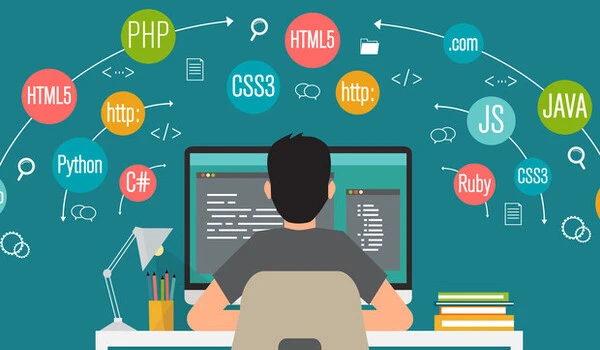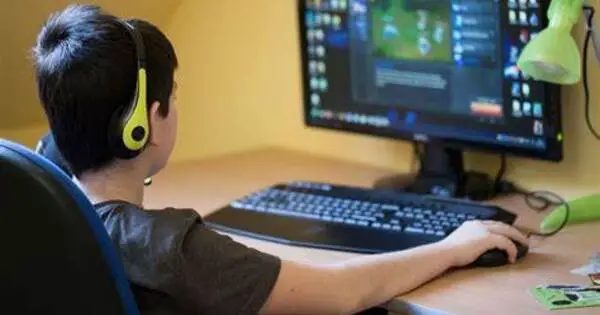The evolving information technology industry, latest artificial intelligence applications, high demand for IT professionals, and evolving learning needs are driving the search for educational innovations that will allow current and future employees to acquire knowledge in a modern and accessible manner.
This is especially true in the field of programming, where the process’s intricacy frequently causes learning challenges. Researchers from Kaunas University of Technology (KTU) and universities in Poland, Portugal, and Italy want to make this process more enjoyable.
“Gamification is a learning method in which traditional game elements and principles such as levels, points or leader boards are used,” explains KTU researcher Rytis Maskeliūnas.
According to him, the main goal of this approach is to make learning as enjoyable and challenging as a game. This dynamic method should encourage learners to become more involved in learning activities and help them retain information more easily.
The gamified tasks were optional, so it was good to see that most of the students were curious and willing to perform them. This, as the results showed, eventually led to better educational performance.
Dr. Blažauskas
Creates a personalised learning process
KTU professor highlights that the possibility to personally adaptthe learning process based on each learner’s specific needs, abilities, and level of progress is one of the main advantages of gamification.
Maskeli?nas says that such personal adaptation is a complex process, which starts with the identification of the student’s initial knowledge, abilities, strengths, and weaknesses. Then, with the help of the AI or tutor, goals are selected and an individual learning plan is generated.
“The AI or teacher continuously monitors the learner’s progress – if the students are learning quickly, they can move on but if they are struggling, it is possible to stay at the same level or task as long as needed. It is clear that the personalization helps to maximize learning efficiency and allows the learner to improve to the best of his or her ability,” comments Maskeliūnas, a co-author of the solution.
He adds that in today’s world, gamified classroom experience is an especially important tool to improve the students’ motivation.
According to the researcher, classical teaching methods are not adapting fast enough to provide up-to-date programming knowledge in a way that is acceptable to today’s students, especially if there are gaps in the learning process. Such innovations in the IT sphere make it possible to partially address the identified problems.

Teachers are the first ones to test the effectiveness of gamified learning
Although new, the gamification solution created by KTU and partners is already used in Lithuania. Under a special project of the Ministry of Education, Science and Sport, KTU is running a module on the subject of informatics, allowing teachers to retrain and acquire additional IT competencies. During this course, the learners tried out the gamification.
KTU professor Tomas Blažauskas, who used the gamification solution with a group of teachers, says that he is satisfied with the successful application of the innovation and the positive feedback: “Indeed, the teachers had a positive reaction to the proposed solution, and there was a great deal of interest and support for the innovation.”
The professor adds that the uniqueness of the approach has kept the learners interested and the aim of motivating them to study has also been achieved.
“The gamified tasks were optional, so it was good to see that most of the students were curious and willing to perform them. This, as the results showed, eventually led to better educational performance,” mentions Blažauskas. He says the teachers’ willingness to use the tools in their schools was the greatest success in the trial.
“The fact that experts in the field of education understand the benefits of gamification and the potential of it makes the most sense,” he shares, referring to the further integration of the method.
Further integration into educational setting faces challenges
The gamification solution was built with progressive web apps (PWAs), which are commonly seen on e-commerce and media websites. According to Maskelinas, they enable content to be quickly accessible and altered from any device. The applications frequently function without internet access.
Unfortunately, while PWAs offer enormous potential to improve learning, integrating these web-based applications in educational settings poses certain problems. To begin, there is the problem of creating appropriate digital content. According to Maskelinas, the process of transferring content from one format to another necessitates the hiring of different technical experts and, as a result, additional financial resources.
“The same is true for incorporating new technologies; simply expressing the need for it is insufficient. Bureaucratic roadblocks and resistance to change are likely,” warns KTU professor. However, the researcher quickly adds that the availability of electronic gadgets should not be the reason for the poor integration, as many learners have at least one smart device, and such devices can be offered in educational institutions to socially vulnerable groups.
















